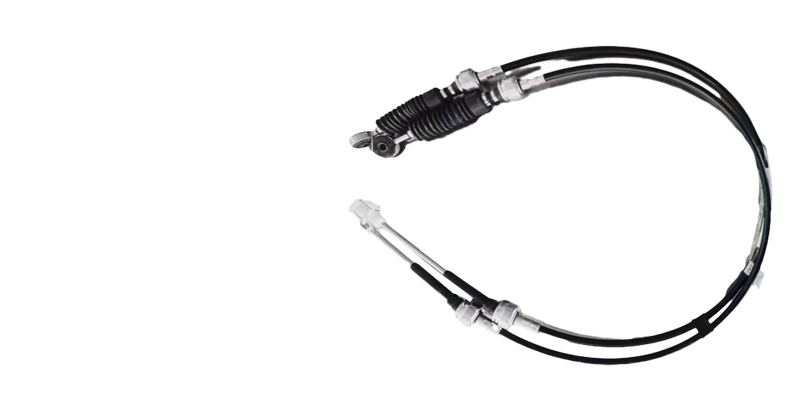Understanding Gear Cables and Their Importance in Bicycle Maintenance and Performance
Understanding Gear Cables A Vital Component for Cyclists
When it comes to cycling, every component plays a critical role in ensuring a smooth and efficient ride. Among these components, gear cables may not be the most glamorous part of a bike, but they are undoubtedly one of the most essential. This article explores the importance of gear cables, their types, maintenance, and proper installation, along with insights into how they can enhance your cycling experience.
What Are Gear Cables?
Gear cables are thin, flexible wires that connect the gear shifters on the handlebars to the derailleurs on the bike. They are responsible for transmitting the rider's input from the shifters to the drivetrain, allowing for smooth and accurate gear changes. In essence, the performance of the bike’s transmission system hinges on the efficiency and condition of these cables.
Types of Gear Cables
There are primarily two types of gear cables coated and uncoated.
1. Coated Gear Cables These cables have a protective layer that minimizes friction and improves shifting performance. The coating also provides additional protection against moisture and debris, extending the cable's lifespan.
2. Uncoated Gear Cables These are simpler and lighter, offering bare cable with no extra coating. While they may provide a more direct feel, they are more susceptible to wear and may necessitate more frequent replacements.
Additionally, gear cables come in various sizes and materials, which can affect their performance
. Stainless steel cables are a popular choice due to their resistance to rust and corrosion, while nylon or PVC-coated cables can help reduce friction for smoother shifting.Importance of Well-Maintained Gear Cables
It is essential for cyclists to routinely check and maintain their gear cables to ensure optimal performance. Over time, gear cables can stretch, fray, or become contaminated with dirt and grime. A worn or damaged cable can lead to shifting problems, such as skipping gears or the inability to change gears altogether. This not only affects the bike's performance, but it can also pose a safety risk, especially during demanding rides.
gear cables

Regular inspections should include checking for fraying at the ends, ensuring the cable housing is intact, and confirming that the cables are properly lubricated. A well-maintained cable allows for precise and responsive gear shifts, contributing to a more enjoyable ride experience.
Installing Gear Cables
Replacing gear cables may seem daunting, but it's a relatively straightforward process for anyone with basic bike maintenance skills. Here’s a step-by-step guide to installing new gear cables
1. Remove the Old Cable Start by loosening the derailleur and shifter screws. Carefully slide the old cable out of the housing and detach it from the derailleur and shifter.
2. Prepare the New Cable Cut the new cable to the appropriate length, ensuring it fits well within the housing. Thread it through the shifter and the derailleur, being careful not to leave any kinks.
3. Secure the Cable Once the new cable is in place, tighten the screws on the shifter and derailleur. Ensure that the cable is taut, but not overly tight, to allow for smooth movement.
4. Adjust the Tension Adjust the tension via the barrel adjuster located on the shifter or derailleur. Fine-tune it to ensure precise shifting.
5. Test the Shifts After installation, take the bike for a short test ride to ensure that all gears shift smoothly and accurately.
Conclusion
Gear cables may seem like a small component of a bicycle, but their significance cannot be underestimated. They directly influence the efficiency and enjoyment of riding. By understanding their role, types, maintenance needs, and proper installation, cyclists can ensure that their gear systems operate at their best. Regular inspections and timely replacements can lead to improved cycling performance, making every ride more satisfying. Remember, a well-maintained bike is a happy bike, and gear cables play a pivotal role in that happiness. So the next time you gear up for a ride, don't overlook the importance of the unsung heroes of your bike – your gear cables!
-
Upgrade Your Control with Premium Throttle CablesNewsAug.08,2025
-
Stay in Control with Premium Hand Brake CablesNewsAug.08,2025
-
Experience Unmatched Performance with Our Clutch HosesNewsAug.08,2025
-
Ensure Safety and Reliability with Premium Handbrake CablesNewsAug.08,2025
-
Enhance Your Vehicle with High-Performance Clutch LinesNewsAug.08,2025
-
Elevate Your Ride with Premium Gear CablesNewsAug.08,2025
